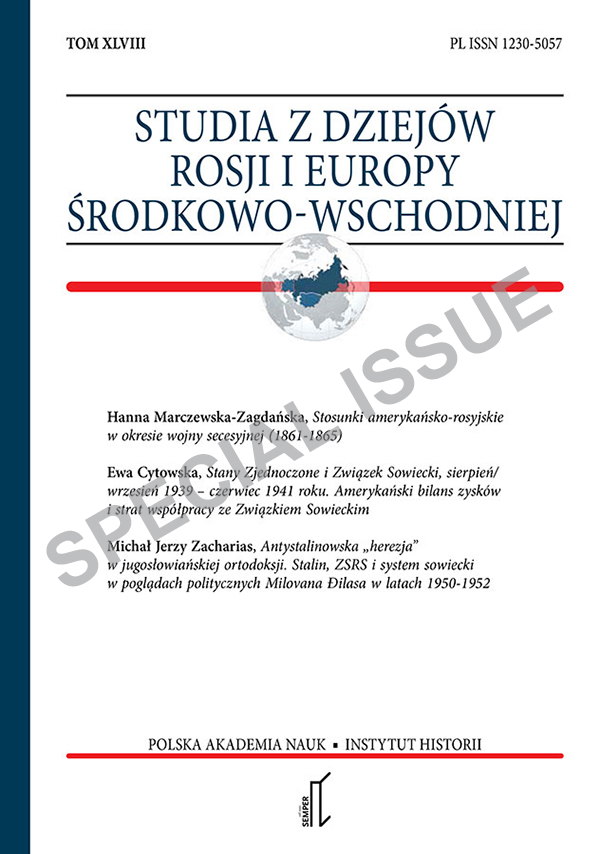Lewis Namier, the Curzon Line, and the shaping of Poland’s eastern frontier after World War I
Lewis Namier, the Curzon Line, and the shaping of Poland’s eastern frontier after World War I
Author(s): Bartłomiej RusinSubject(s): Diplomatic history, Political history, Recent History (1900 till today), Pre-WW I & WW I (1900 -1919), Interwar Period (1920 - 1939)
Published by: Instytut Historii im. Tadeusza Manteuffla Polskiej Akademii Nauk
Keywords: Polish eastern border; “Curzon line”; Paris Peace Conference; Eastern Galicia
Summary/Abstract: The purpose of this article is to clarify the role of Lewis Namier, a Foreign Office expert on Polish affairs, and his contribution to the drawing of the “Curzon Line” – the Polish‑Ukrainian border in Eastern Galicia after World War I. Namier was of Polish‑Jewish descent, and he has gone down in Polish historiography as a man of rabidly anti‑Polish inclination; during the war and later at the Versailles Peace Conference, he consistently opposed Poland’s expansion in eastern Europe, notably propagating the view that the whole of the territory known as Kresy – the Eastern Marchlands – should be severed from Poland. His concepts and activities were in tune with the general thrust of British policy towards Poland, though it seems that he was not the eminence grise in Lloyd George’s cabinet in this question, but merely a convenient supplier of anti‑Polish arguments. This analysis aims at proving that the great role attributed to Namier in Polish historiography is exaggerated and it was not he – as is commonly believed – who was the actual author of the Curzon Line, and it was not he who inserted it into the famous note sent from Spa to the Bolsheviks in July 1920.
Journal: Studia z Dziejów Rosji i Europy Środkowo-Wschodniej
- Issue Year: 48/2013
- Issue No: 1
- Page Range: 56-77
- Page Count: 22
- Language: English

